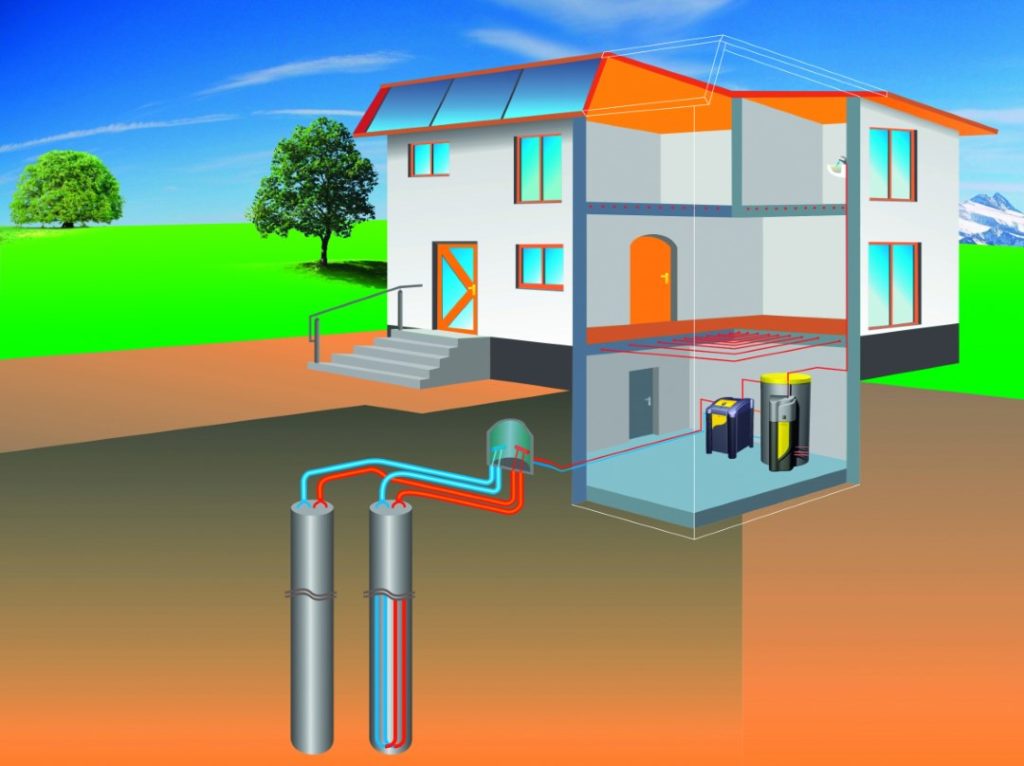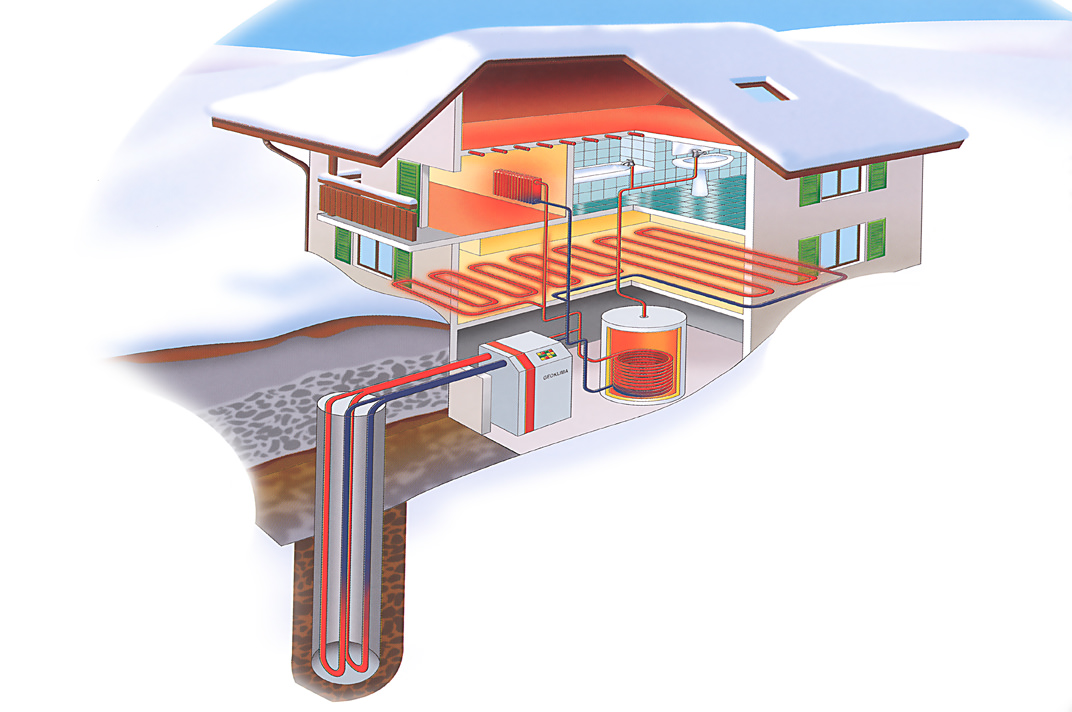GEOTHERMAL ENERGY

Geothermal energy is Iceland’s energy fortune, where 85% of homes are heated with this energy source. The great island of the North Atlantic bases its entire existence on the natural balance between the presence of warm water in the depths and the subzero outside atmosphere.
GEOTHERMAL ENERGY
It is the energy generated by means of geological heat sources and can be considered an alternative and renewable form of energy, if evaluated in a short time. It is based on the principles of geothermal energy, i.e. the exploitation of the Earth’s natural heat (geothermal gradient) due to the thermal energy released by the natural nuclear decomposition processes of radioactive elements such as uranium, thorium and potassium, naturally contained within the Earth’s core, mantle and crust.
The first use of geothermal energy, for the production of electricity, took place on 4 July 1904 in Italy, thanks to Prince Piero Ginori Conti, who experimented with the first geothermal generator at Larderello in Tuscany, the prelude to real geothermal power stations. Cogeneration was also possible and exploited. Geothermal energy is also used for the production of thermal energy (heat and hot water).
Geothermal energy today accounts for less than 1% of world energy production. However, a study conducted by the Massachusetts Institute of Technology states that the potential geothermal energy contained on our planet is around 12,600,000 ZJ and that with current technologies it would be possible to use “only” 2000 ZJ. However, since world energy consumption amounts to a total of 0.5 ZJ per year, with geothermal alone, according to the MIT study, the planet’s energy needs could be met with clean energy alone for the next 4000 years, making any other non-renewable source currently used useless.
GEOTHERMAL SYSTEMS
There are several geothermal systems, but currently only hydrothermal systems are exploited at industrial level, consisting of permeable rock formations in which rainwater and river water infiltrates and is heated by layers of high-temperature rock. The temperatures reached range from 50-60 °C up to several hundred degrees. The use of this energy has advantages such as inexhaustibility in the short term, if exploited rationally, and less pollution of the surrounding environment; some pollution is not excluded due to the possible introduction of toxic elements, such as sulphur, mercury and arsenic in geothermal fluids, which is why geothermal areas are subject to annual environmental checks.

GEOTHERMAL POWER PLANTS
They have traditionally been developed in volcanic areas, characterised by the availability of high-temperature geothermal resources near the surface or surfacing on the surface. The development of binary cycle power stations and improvements in drilling capacity and mining technology have made it possible to extend the geographical areas where this type of energy can be used. Demonstration projects are operational in Landau-Pfalz, Germany and Soultz-sous-Forêts, France, while an attempt started in Basel, Switzerland, was closed after earthquakes. Other demonstration projects are under construction in Australia, the United Kingdom and the United States of America.
The efficiency of geothermal power plants with medium and low enthalpy is around 10-23 %, as geothermal fluids do not reach the high temperatures of steam from boilers, unlike in Larderello where production takes place using natural steam. As in all electricity generators based on the exploitation of a heat source, the laws of thermodynamics limit the efficiency of thermal motors to extracting useful energy. And similarly to the same types of thermal machines the exhaust heat, instead of being dispersed, can be used directly and locally, for example in greenhouses, sawmills, and for district heating.



